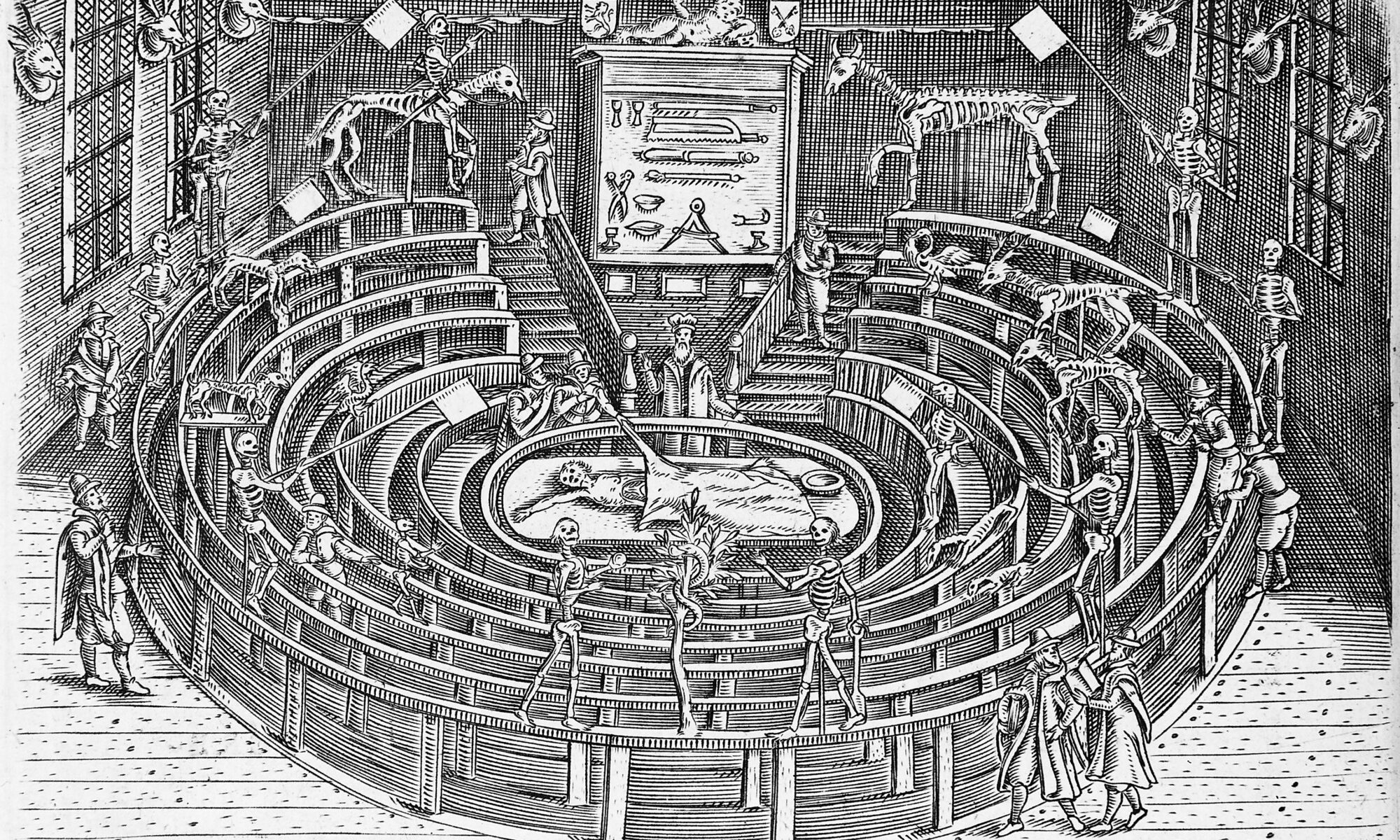
One of the most important sculptural works of the classical period in Greek art has survived to our times only in the form of marble copies from Roman times. Myron’s work depicts a naked athlete at the moment of discus throw. His right foot is firmly set in front while his left foot is tiptoe. The torso and head are turned to the right, while the right arm retracts the disc. Thanks to this, the athlete’s pose is very dynamic and the figure is extremely proportional and balanced. The work can boast of a very large knowledge of human anatomy, at a time when human corpses were not yet dissected, and body observations were only possible during sports competitions or battlefields. In Myron’s work, stretched muscles, modeled skin folds, and nails on the athlete’s legs and hands were reproduced with great precision. The entire performance is characterized by a very high level of realism and the severity of the style, which is mainly manifested in the lack of showing the internal emotions of the discus thrower.








